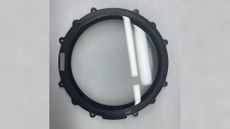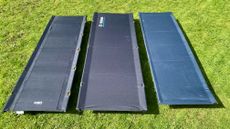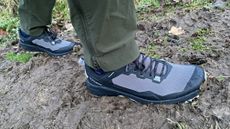Not all hiking boots work equally well in any given situation. Some will shine when it comes to rocky paths, others will suit technical trails. Our guides to the best hiking boots for men and the best hiking boots for women have plenty of recommendations for a variety of hiking styles, but if you're not quite sure where to start, this article is here to help. We asked Jack Kelly, outdoor expert at Millets, to explain exactly what to look for in a hiking boot, in order to take on the types of terrain you want to.
Do I want hiking boots or walking shoes?
“When choosing new hiking boots, the first thing to consider is what outdoor adventures you plan to use them on. Hiking boots offer greater ankle support, making them the preferred option if you regularly take on inclines," explains Jack. "The trade-off is that for the extra support, the weight will increase, but you’ll thank us for it if you’re planning to summit your first mountain."
There are occasions where you might not want a hiking boot at all. "Hiking shoes are great for lowland walks, local trails and everyday adventures," says Jack. They have the benefit of being lighter and less cumbersome than a full boot, but beware, you're sacrificing that ankle support. Head to our guides to the best walking shoes for men and the best walking shoes for women for our recommendations.
Chunky or shallow tread?
The outsole – the strip of rubber at the bottom of the boot, with the tread – is one of the first things to consider. "Tread patterns vary from boot to boot, all serving different purposes for certain terrain types," says Jack. "Shallow treads are best suited for more rocky paths, whereas chunkier patterns are better for mud.”
Synthetic or leather upper?
“The upper of the boot is everything above the midsole on the exterior," explains Jack. "Uppers are usually made from sturdy and reliable materials such as hard-wearing leather although synthetic fabrics can be used to create more lightweight boots. Boots with sturdy uppers offer better support on more technical terrain, whereas those with lighter-wearing fabrics offer better flexibility and support to the ankles.”
Do I need waterproofing?
Many hiking boots will have some kind of waterproofing which means your toes won't get wet in boggy terrain or rainy weather. “A waterproof liner will enhance the boot’s waterproof ability and help to protect your feet from the elements. Shoes designed with waterproof technology are great for unpredictable UK adventures," says Jack. "However, waterproof liners may compromise on the breathability."
For more info, head to Millets' footwear buying guide.











